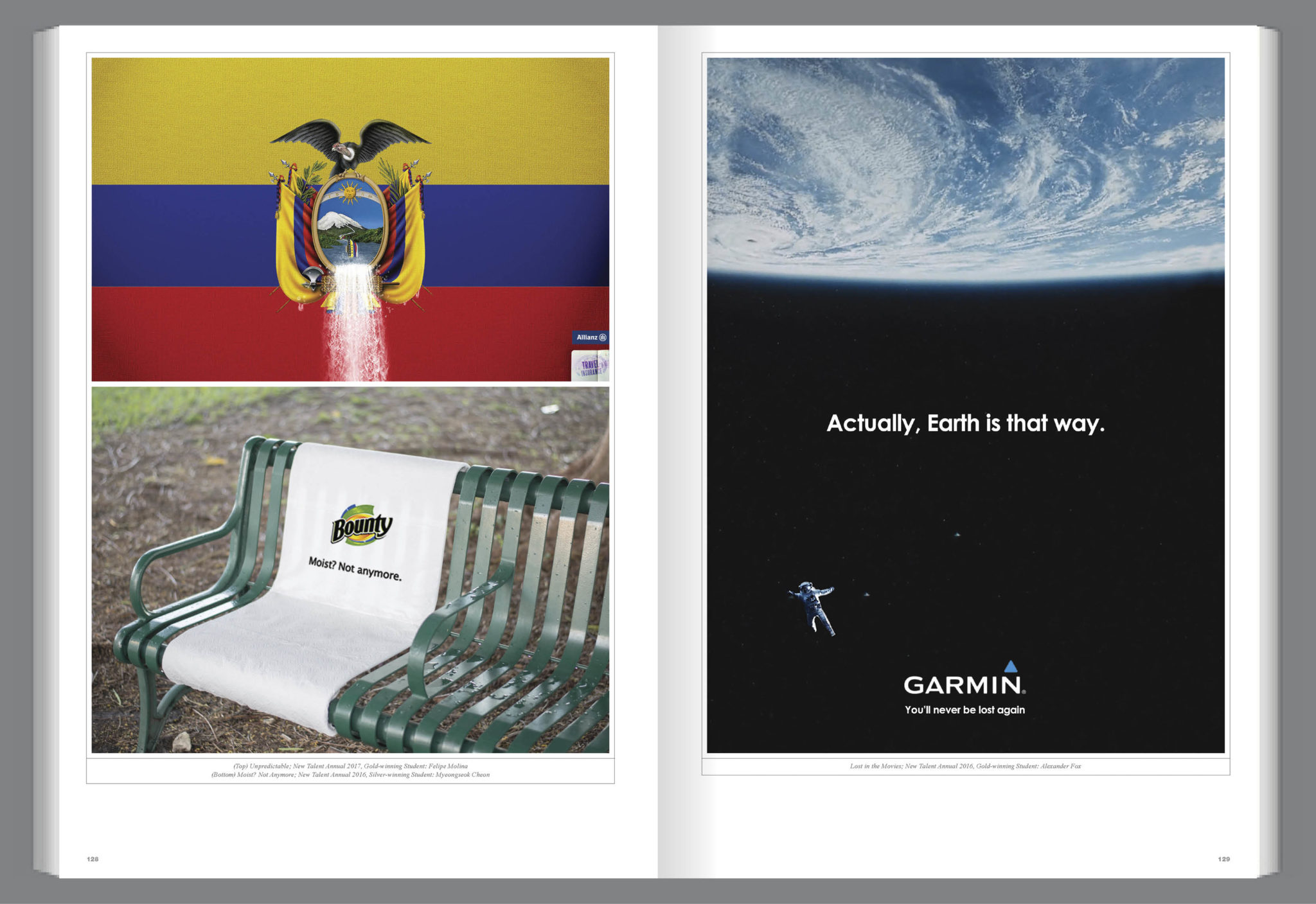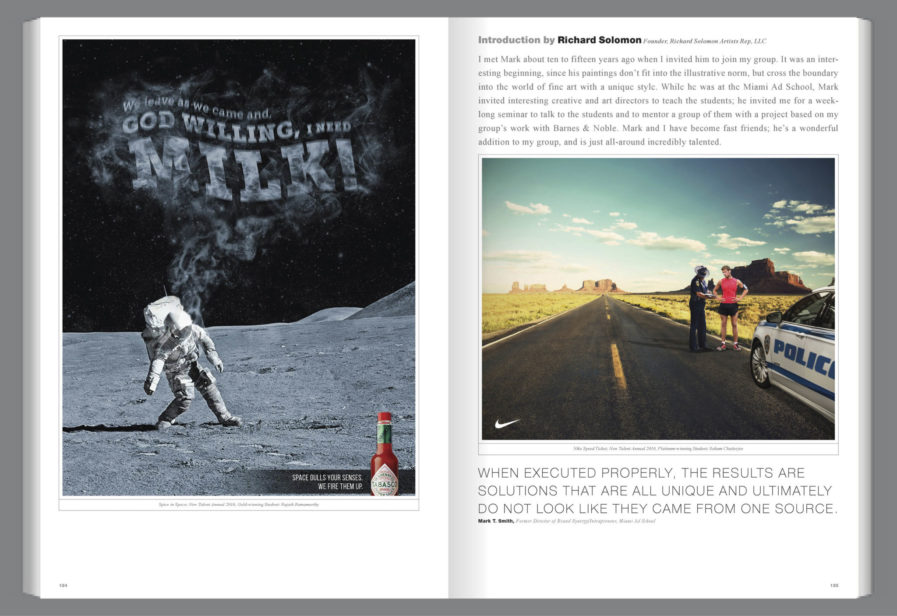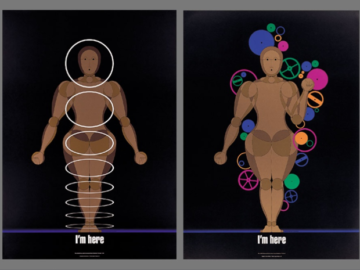“The most-used skill set for a teacher to get exceptional performance from a student is empathy: knowing where they are and helping them see the possible pathways for their growth.”
Mark T. Smith has been working at the intersection of creativity, communication, and commerce for his entire career. He has crafted communications for a myriad of Fortune 500 brands, and his fine artwork has been exhibited globally. Smith also has decades of experience teaching at two of the most highly regarded creative schools in the United States, Parsons School of Design and Pratt Institute. He has lived in New York City, Washington D.C., Miami, San Diego, and Hawaii, and currently resides in Seattle, where he spends his personal time advancing a creative studio practice, collecting motorcycles and vintage automobiles, and pursuing senseless adventures.
Mark T. Smith excels as an educator and creator, imparting lifelong skills and values onto the next generation of designers. The results of his efforts come through in his students’ dozens of design awards. He is known among students and faculty at the Miami Ad School for his empathy and practicality, meeting students’ individual needs while also preparing them for a future in the professional world.






